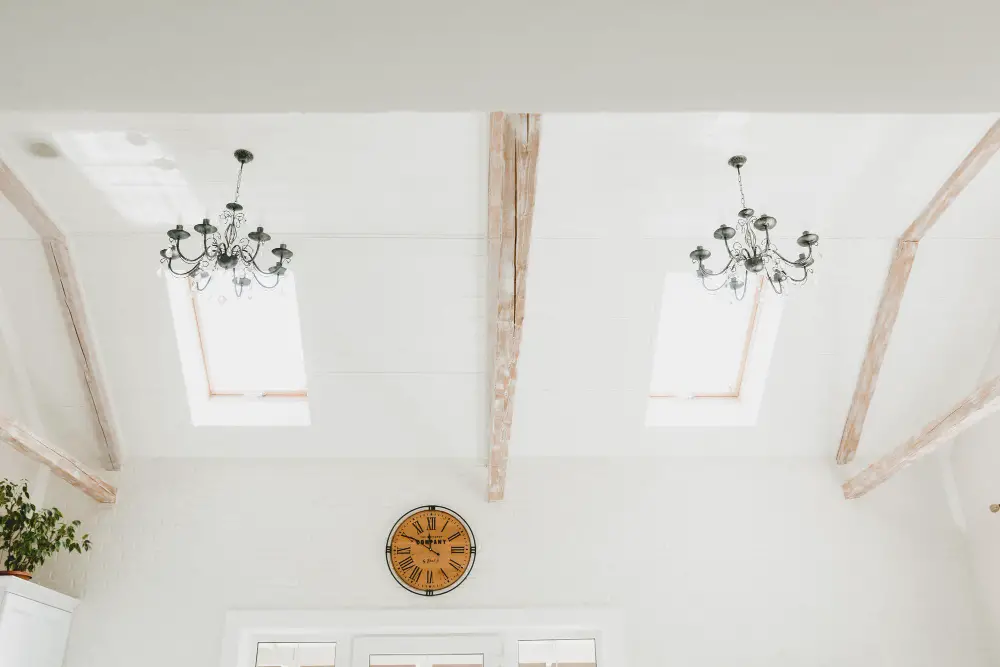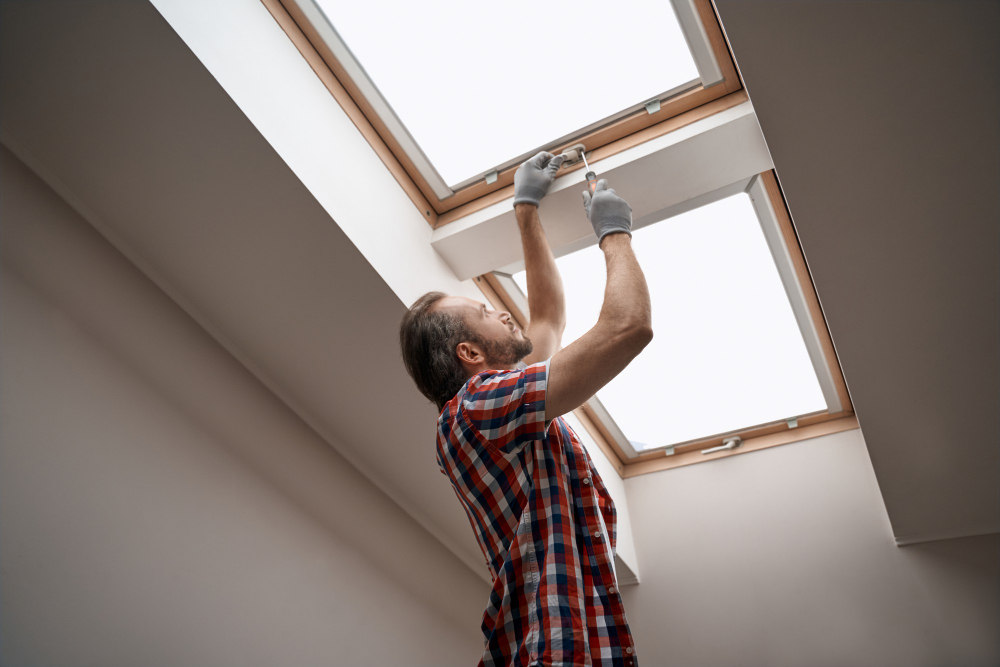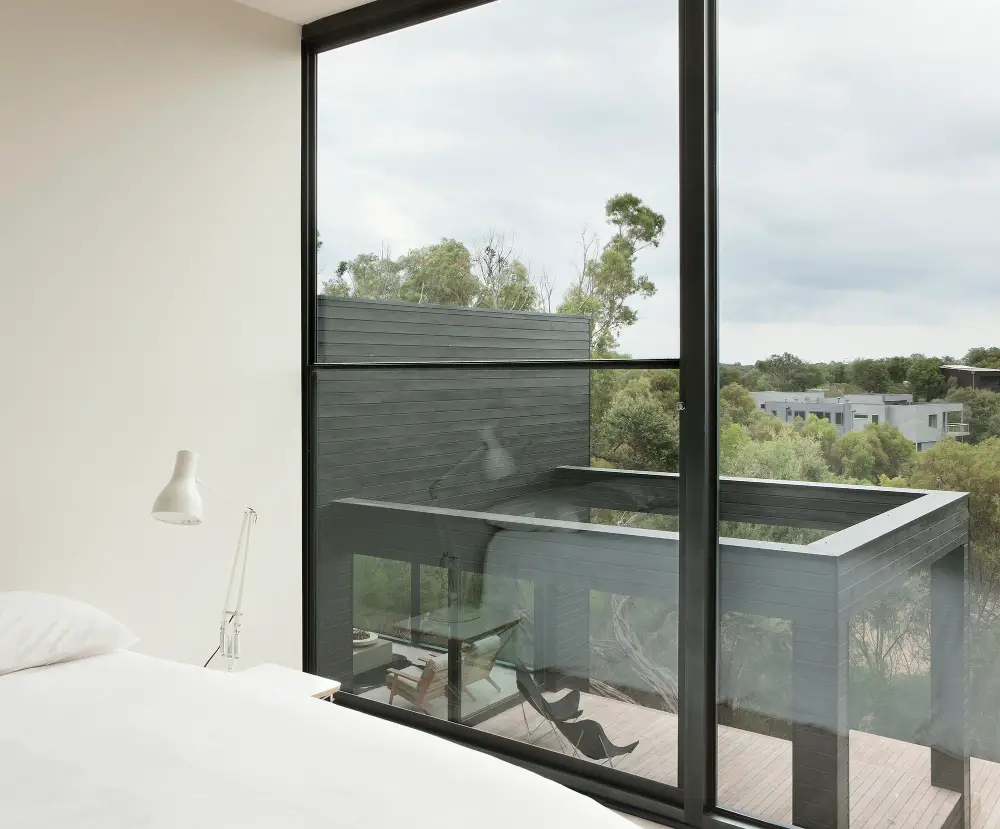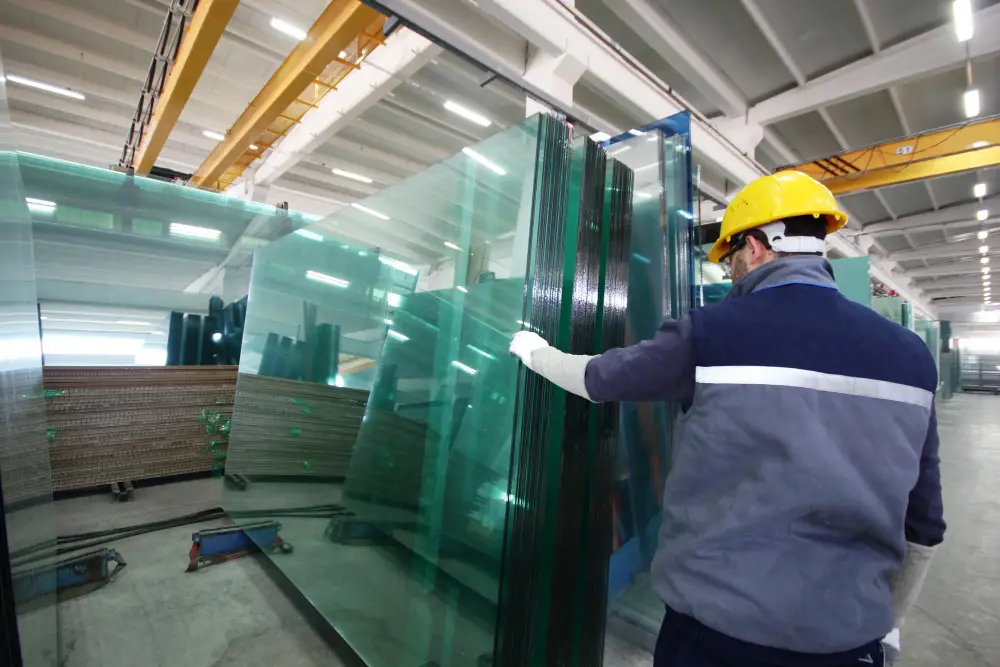Introducing natural light into your home can transform even the most dimly lit spaces into warm, welcoming areas teeming with life. Skylight installation offers an innovative way to achieve this, merging the beauty of the outdoors with the comfort of your indoor living spaces.
In this blog, we’ll explore the essential aspects of skylight installation, including the benefits, types, and key considerations you should be aware of before making this illuminating addition to your home. Join us as we shed light on how to brighten your living environment with skylights, creating captivating spaces where daylight reigns supreme.
Choosing the Right Skylight

When deciding to install a skylight in your home, selecting the right type is crucial for success. Skylights come in various forms—fixed, ventilated, tubular—each with its specific purposes and benefits.
A fixed skylight is perfect for areas where additional ventilation is not necessary, offering unobstructed views of the sky and maximizing natural light. On the other hand, a ventilated skylight can be opened, promoting air circulation and reducing moisture build-up, making it ideal for kitchens and bathrooms.
Asking experts or researching online can help you determine the best type of skylight for your needs. From there you can ask for help with installation and cost estimates. Experts can easily have a skylight installed within a few hours, so there is no need to worry about the installation process taking up too much of your time. This allows you to enjoy the benefits of your new skylight as soon as possible.
Considering Ventilation and Energy Efficiency
When incorporating skylights into your home, it’s essential to consider both ventilation and energy efficiency to ensure that you make the most out of this investment. Ventilated skylights not only illuminate your space but also offer a natural means of air circulation, contributing to a healthier indoor environment by reducing the likelihood of mold and mildew growth. This is particularly beneficial in areas prone to high moisture levels, such as kitchens and bathrooms.
In terms of energy efficiency, opting for skylights with insulated glazing, low-emissivity (low-E) coatings, or those filled with argon gas can significantly reduce heat transfer, maintaining a comfortable indoor temperature year-round. This means less reliance on heating and cooling systems, leading to considerable energy savings.
Additionally, some skylights come equipped with solar-powered shades or blinds, allowing for further control over the amount of sunlight entering the room, which can help reduce glare and heat during the peak summer months. By carefully selecting a skylight that emphasizes both ventilation and energy efficiency, homeowners can enjoy the benefits of natural light while minimizing environmental impact and energy costs.
Understanding Maintenance and Care

Maintaining your skylight is key to ensuring its longevity and performance. Regular inspection and care can prevent common issues such as leaks, condensation, and wear and tear caused by environmental factors.
It’s advisable to inspect your skylight at least twice a year—during spring and fall—to clean any debris and check for damage. Cleaning the glass with a mild soap and water solution can help maintain clarity and prevent scratching. For ventilated skylights, ensure that the opening mechanisms are well-lubricated and debris-free to operate smoothly.
Additionally, checking the seals and flashing around the skylight for any signs of wear or damage is crucial in preventing leaks. If you notice any issues, it’s best to address them immediately to avoid costly repairs down the line. Taking these simple steps to care for your skylight can significantly enhance its functionality and extend its lifespan, allowing you to enjoy natural light in your home for years to come.
Enhancing Natural Light
The increased exposure to daylight has been linked to improved mood, higher productivity, and even better sleep patterns by regulating circadian rhythms. Additionally, well-placed skylights can illuminate dark corners and make small spaces appear larger, creating a more inviting and comfortable environment.
By maximizing daylight, skylights also reduce the need for artificial light, leading to lower electricity bills and a smaller carbon footprint. When planning your skylight installation, consider the sun’s path and how light interacts with your home throughout the day to optimize the amount of natural light and enhance the overall feel of your space.
The Takeaway
Skylight installation offers a multitude of benefits, from increasing natural light and improving energy efficiency to enhancing the overall aesthetic appeal of your home. By understanding the different types, considering ventilation and energy efficiency, practicing proper maintenance and care, and optimizing natural light exposure, homeowners can make informed decisions about including skylights in their homes.
Let the sun shine through your roof and into your living spaces with skylights, and experience the transformative effect of natural light. So, if you’re considering skylight installation, don’t hesitate to reach out to experts for guidance on choosing and installing the perfect skylight for your home.
Recap




